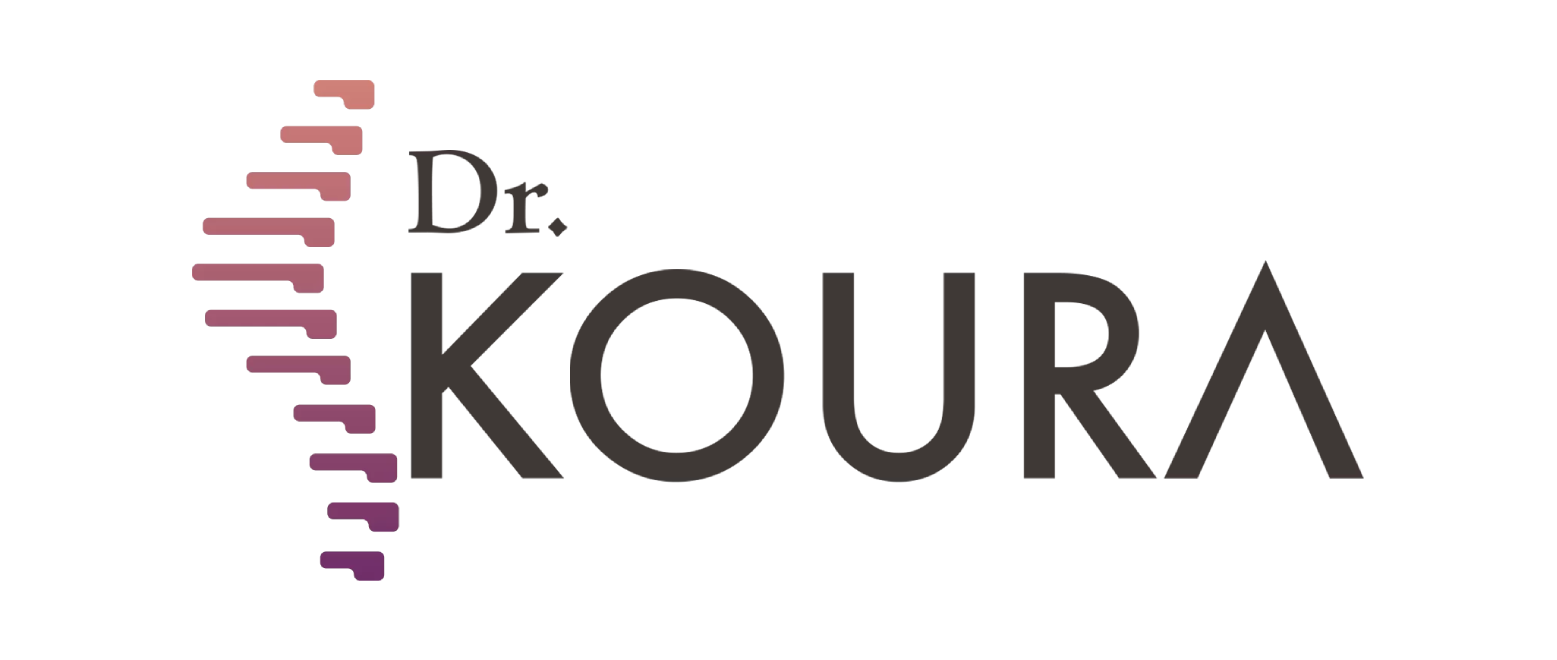Transforaminal endoscopic discectomy
-
Introduction
The spinal disc is an articular disc between spinal vertebrae, connecting cervical, thoracic and lumbar vertebrae, and it consists of a gelatinous substance surrounded by a strong protective capsule.
Disc prolapse can result from faulty spinal movement, lifting heavy weight, or trauma leading to vertebral injury.
Probability of disc prolapse increases in some patients due to hereditary factors, congenital anomalies of vertebrae, malformations in histological composition of discs, or different types of rheumatic diseases, and it has been proved that smoking leads to disc desiccation (dehydration), leading to higher probability of disc prolapse occurrence.
What is Epiduroscope?
It is one of the most recent medical techniques developed recently, and made a revolution in the management of lumbar disc prolapse; because of its high precision. We can view the inside of the spinal canal in detail without surgical opening as was done in the past, but through a tiny opening without cutting skin or muscles.
Symptoms of lumbar disc prolapse:
Symptoms of the disease depend on where the fragmented part has prolapsed, and they include:
- Localized pain in the lower back, which can be tolerable at the beginning then worsens or improves, and it results from disc prolapse or bulge without compression on nerves supplying lower limbs.
- If the disc prolapses towards nerve exit of a nerve supplying left or right lower limb, and causes lumbar or sacral nerve compression, it may lead to lower limb pain, numbness of leg and foot, and difficulty walking.
If nerve compression progresses, it may lead to neuropathy and weak movement of lower limb and foot and difficulty walking.
- If the disc prolapses toward the center of spinal canal, it may compress the whole neural plexus inside the spinal canal, causing pain of both legs, and numbness of both glutei and legs, and difficulty walking.
If the disease progresses, it may lead to urine and stool incontinence, and this is a serious stage which requires urgent surgery.
How is Epiduroscope performed?
Epiduroscope is performed under local anesthesia, then using a thin catheter, which is completely safe on nerves and spinal canal. Through this catheter the Epiduroscope is introduced to perform the procedure with ultra-precision.
Under guidance of Epiduroscope we can remove the prolapsed disc under clear visualization thanks to this technique, thus we guarantee ending this problem completely without bleeding or cutting skin or muscles.
Uses of Epiduroscope:
- Lysis of spinal canal adhesions.
- Curettage of spinal canal.
- Expanding nerve root exits in cases of spinal canal stenosis.
- Management of lumbar disc prolapse.
Advantages of Epiduroscope:
- Completely safe on nerves and spinal cord.
- Clear visualization of spinal canal and making sure of radically solving the problem during procedure.
- The patient doesn't suffer from pain during or after the procedure.
- There is no wound as no muscles are cut.
- Speed recovery after the procedure and discharge from hospital on the same day.
Complications of Epiduroscope:
There are no complications or harms from this technique, as it is completely safe on nerves and spinal canal, and the patient doesn't suffer from any problems after performing the procedure.





 Egypt
Egypt